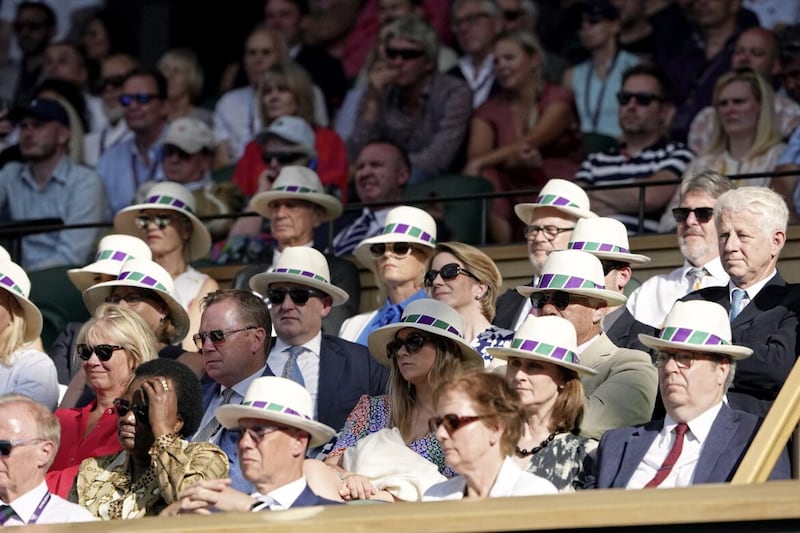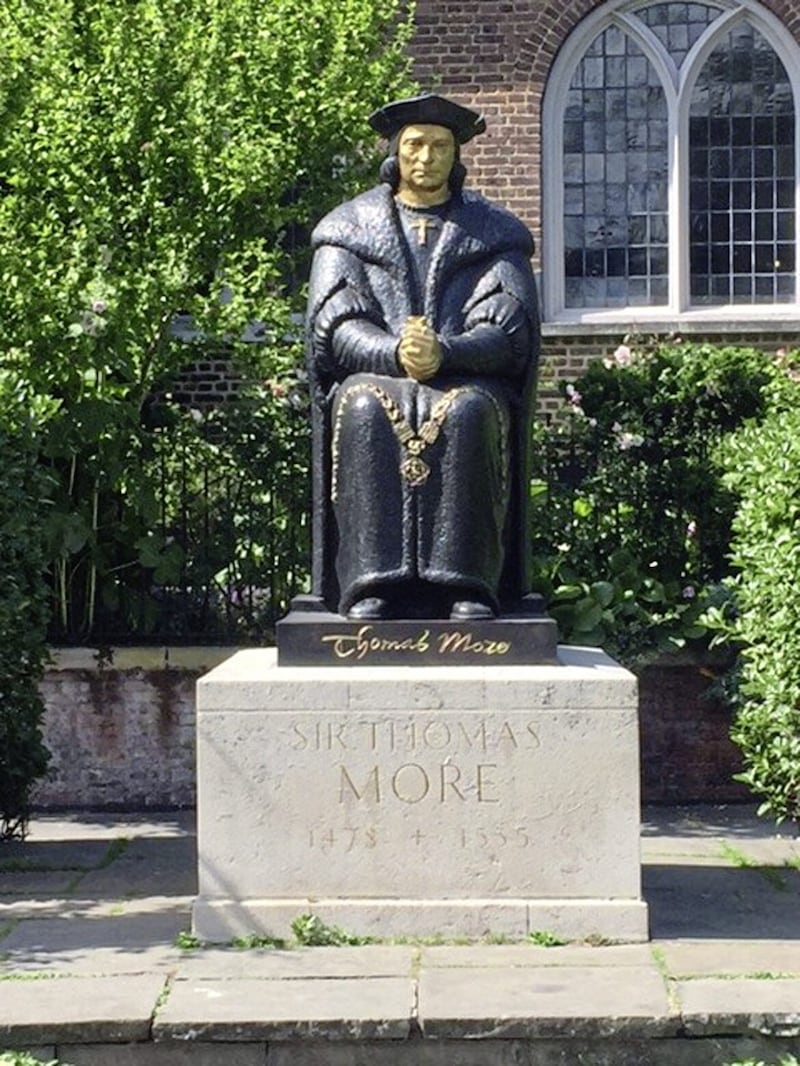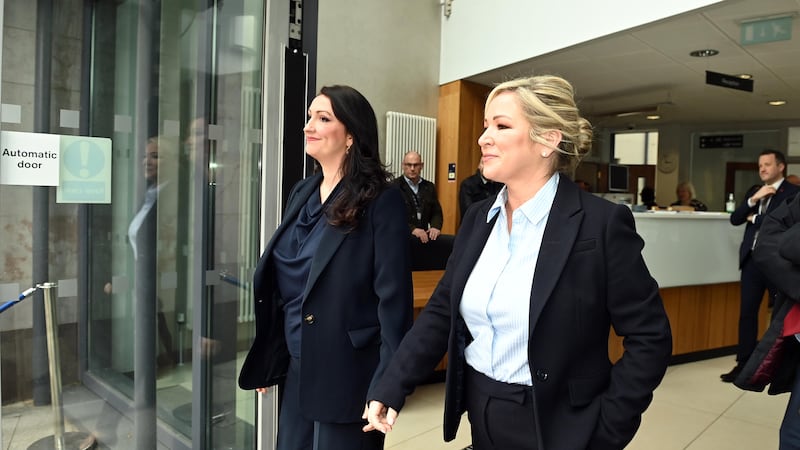I was in the imperial capital last week. My wife is a tennis fan, and she managed to get two seats in Centre Court at Wimbledon on Sunday. So there we were, sipping Pimms in the blistering sunshine and watching adults running around a piece of grass after a tiny ball.
Stars were few and far between. Professor Brian Cox was in the front row of the Royal Box, and Richard Osman was there too – blocking out the view for anyone sitting behind him (he is 6ft 7in).
I had a close encounter too with half of Ant and Dec, who was hiding behind a pair of shades. But he’d gone by the time I’d worked out which one he was: Ant, for those of you who are curious.
All in all, it was a very British affair. Well run by people wearing straw hats, blue shirts and chinos. The Pimms was on draft, and the strawberries and cream in natty little cardboard boxes.

To be fair, the people there were not all upper crust Eton types. There were accents from every part of the world, the dress code was decidedly informal for most, and all the British players had been expunged from the singles by this stage in the competition.
The morning before, I’d queued up to get into the newly-renovated National Portrait Gallery. It contains a lot of dross – middle-aged men indifferently painted – but there are more than a few great artworks, a fine portrait of James Joyce among them.
The most moving by far was John Keane’s depiction of Mo Mowlam – hung alongside Seamus Heaney by Tai Shan Shierenberg (there’s another Shierenberg Heaney in the Great Hall at Queen’s which is worth a visit).
Read more:Tom Collins: Delusional Donaldson just keeps on digging
Read more:Tom Collins: Time Orange Order distanced itself from slaver King Billy
Read more:Tom Collins: When was the union lost?
With Mowlam the ravages of her chemo can still be seen; she would not have wanted to be ‘prettied up’ for posterity. The portrait portrays eloquently a woman who defied convention, and acted with conviction to help us sort out the mess we are in.
Like so many women, she has been sort of pushed aside by the men. But while this portrait exists, her story will live.
My favourite paintings are on the top floor. The Tudors – bloody despots all of them – have more charisma than the Stuarts, Hanovarians and Windsors put together.
Their plantations in Ireland were not as effective as the Stuart’s; we have James I to thank for the plantation of Ulster and all that has followed from it. But the seed for Ireland’s subjugation was sown first by Mary, then Elizabeth.
Eye to eye in the Tudor gallery are Thomas Cromwell, Henry VIII’s enforcer, and the king’s counsellor-turned-nemesis Sir Thomas More. Canonised in the 1930s as a martyr for his faith, More was much admired by the late Jim Fitzpatrick, chairman of this newspaper and another of the unsung heroes of the peace process.

Sir Thomas coined the word Utopia, a place where people are united by “kindness and good nature”. In Utopia: “Nobody owns anything but everyone is rich – for what greater wealth can there be than cheerfulness, peace of mind and freedom from anxiety?”
As an approach to life, I can think of none better. But we are no closer to Utopia now than was More in the sixteenth century. If anything we are further away.
Although ‘Britishness’ did not exist in Tudor England – Scotland still had its nationhood, and Ireland was largely under the control of its native chiefs – the beginnings of Britishness and an ambition for empire can be found there. And those beginnings have ricocheted across the centuries. The sense of entitlement which characterises the British ruling class today lived large in Elizabeth’s court.
While Britain showed one side of itself to the world in the melting pot of Wimbledon, where Serbs played Russians, Swiss played Italians, and Americans played the French; here a different kind of Britishness was on show: monster bonfires like modern-day towers of Babel screaming out sectarianism, burning flags and effigies, territorial markers saying ‘Taigs stay clear’, and the triumphalist marches.
The Tudors – with their narrow, pernicious sectarian view of the world – would have felt more at home at an Eleventh Night bonfire in east Belfast than they would have in the Royal Box on Centre Court.
That says something shocking about the state of things here where many have not progressed from the sixteenth century, and where political leaders refuse to follow More’s words to create a society where wealth can be measured in “cheerfulness, peace of mind, and freedom from anxiety”.








